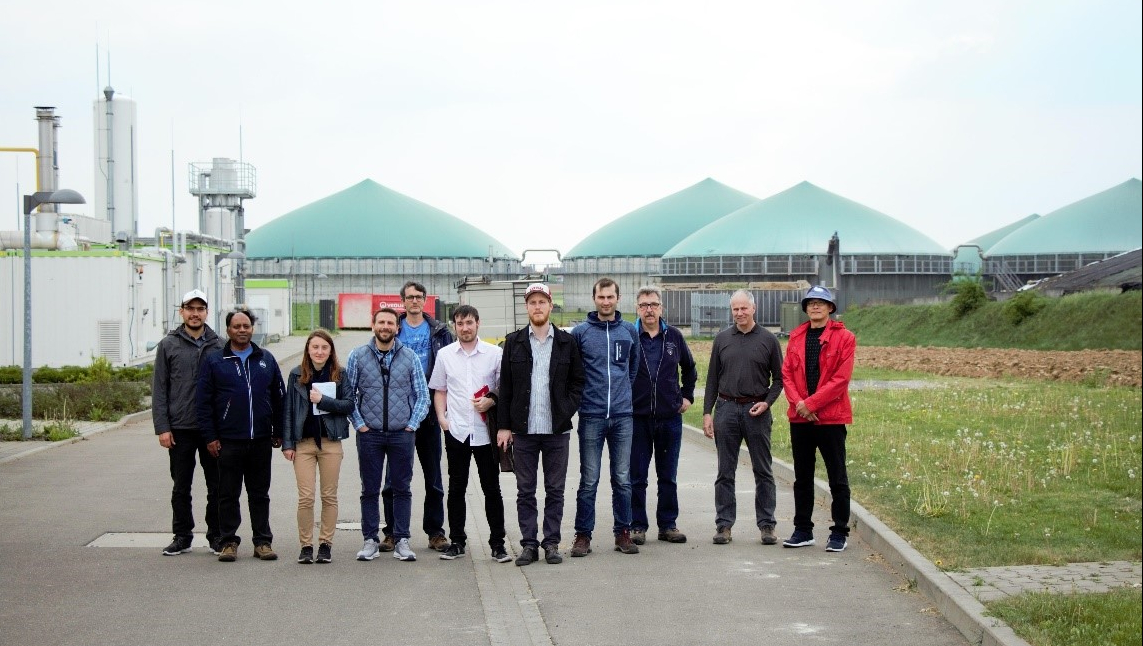Techno-economic assessment of anaerobic digestion from agricultural residues
We aim to quantify biomass resources from livestock waste in England and create a techno-economic assessment of anaerobic digestion from agricultural residues.

The research aims to shed light on the biomass resources derived from livestock waste that are still available to use on farm via anaerobic digestion and costs associated with it. This will be achieved by quantification of the biomass potential arising from livestock waste, i.e. slurries and manures, and creation of a biogas calculator to assess the economics of anaerobic digestion of agricultural residues.
Project outline
Agriculture is responsible for most of ammonia emissions due to livestock rearing and eutrophication due to nutrients losses following fertilizer spreading. Anaerobic digestion is a measure that can reduce greenhouse gas emissions, mitigate nutrient losses into surface waters, produce an enhanced bio-fertilizer, abate odours and reduce pathogens. Nonetheless, the uptake of on farm anaerobic digestion in the UK has been slow due to high installation costs and uncertainty over government support. This research wants to highlight the opportunities, costs and challenges of anaerobic digestion of livestock waste and other agricultural residues in the UK.
This would help answer the question whether we are missing an opportunity to make farming more sustainable, self-sufficient and resilient in a future circular economy. How would the landscape change if in the financial analysis we factor in direct and indirect financial benefits that result from anaerobic digestion, such as reduction of greenhouse gases emissions, fertilizer savings, crop yield enhancement and water quality improvement?
A GIS based tool is created to quantify the biomass resources that are available. Data are gathered from technology providers on capital and operational expenditure to create the biogas calculator. These tools are then evaluated by using primary data collected from site visits at biogas installations and interviews with biogas plant operators.
Science
The project will deliver a report outlining the current limitations of the technology based on a survey on costs associated with installation and operations. The project aims to produce two papers on biomass resources quantification and techno-economic assessment of various scenarios of mono and co-digestion of livestock waste and residues.
Impact
This study can inform policy makers, stakeholders, professionals in the industry and other researchers in academia on the opportunities of anaerobic digestion in the context of farming and highllights the broad benefits that AD brings to agriculture.
